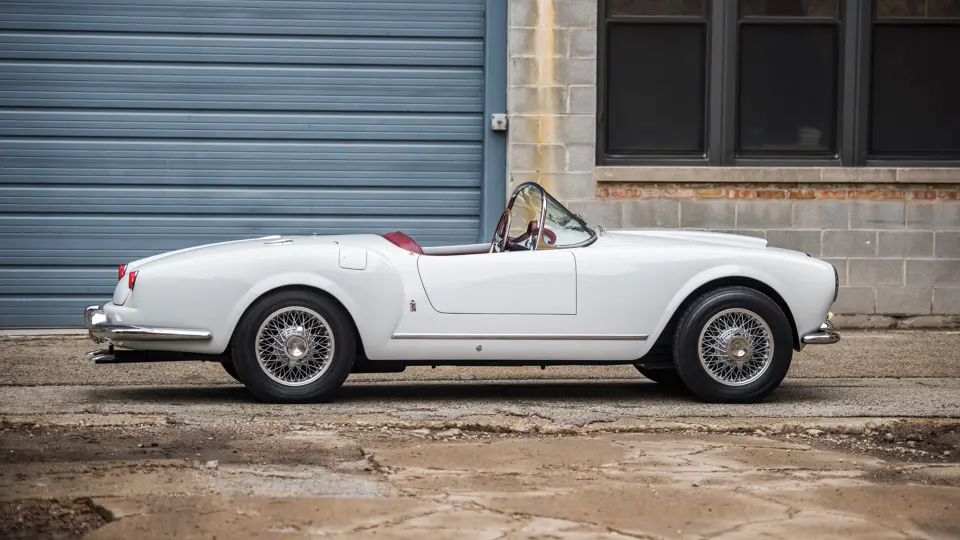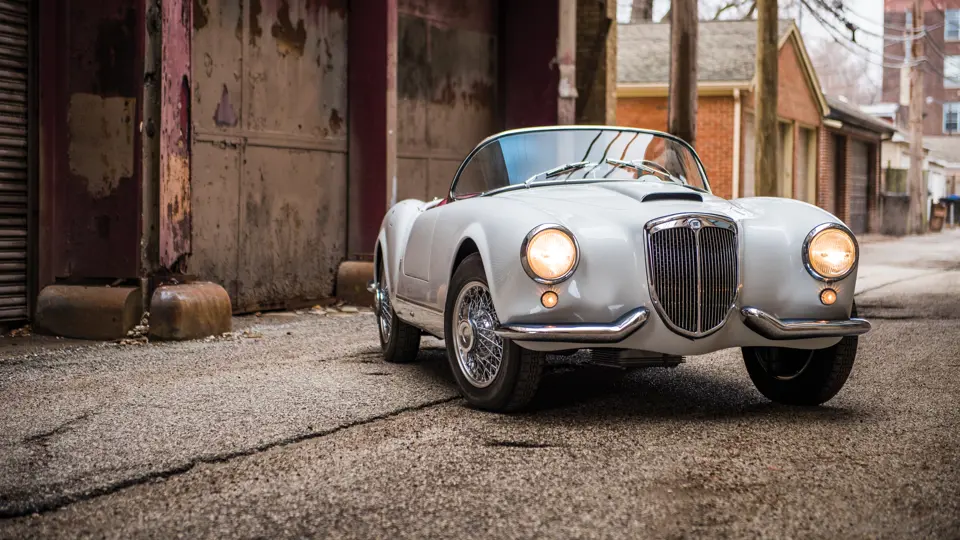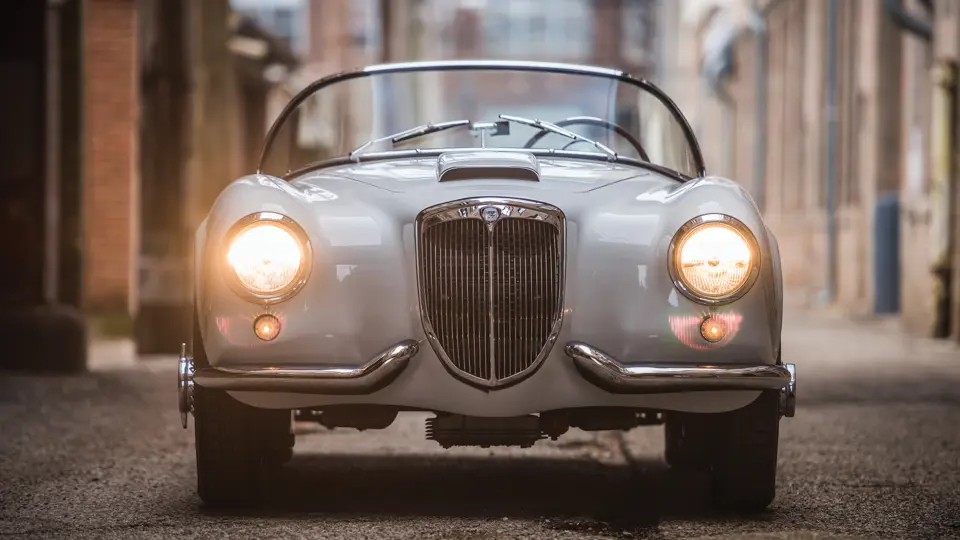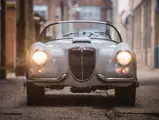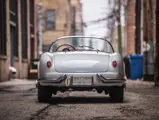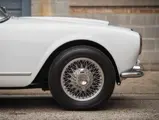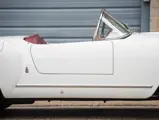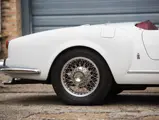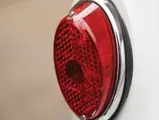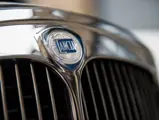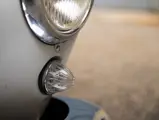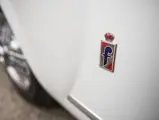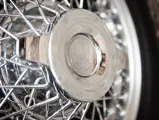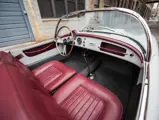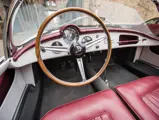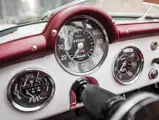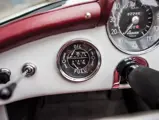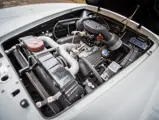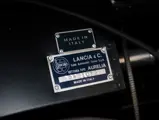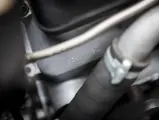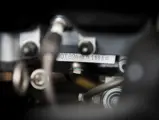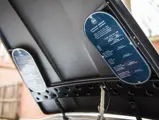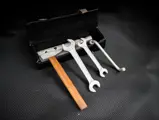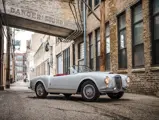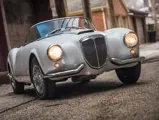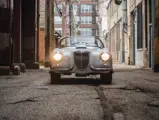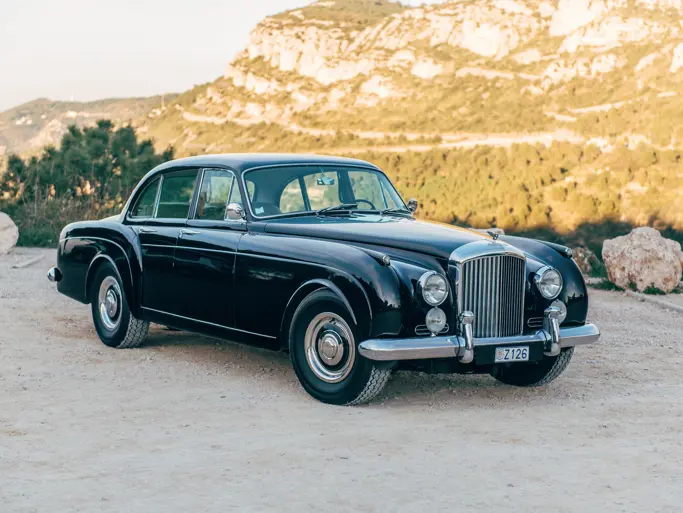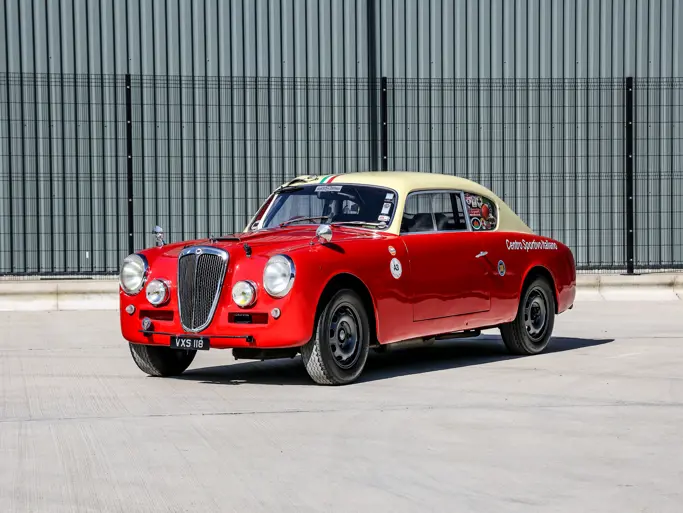
1955 Lancia Aurelia B24S Spider America by Pinin Farina
{{lr.item.text}}
$1,320,000 USD | Sold
Offered from a Private Collection
{{bidding.lot.reserveStatusFormatted}}
- Offered from a private collection
- One of 181 examples built
- Over two decades of single ownership in Central California
- Comprehensive two-year restoration by marque experts in 2012
- 2nd in Class, Postwar Sports Open, at Pebble Beach in 2012
- Refinished in factory-correct colors of light grey paint over red leather
- Accompanied by a correct tool kit, owner’s manual, and copies of manufacturer brochures
- Documented with restoration invoices, photos, and correspondence
118 bhp 2,451 cc DOHC V-6 engine with Weber 40 DCZ5 carburetor, four-speed manual transaxle, independent sliding-pillar front suspension with coil springs and hydraulic dampers, De Dion rear axle with semi-elliptical leaf springs and Panhard rod, and four-wheel hydraulic drum brakes. Wheelbase: 96.5 in.
AVRELIA
In May 1950, Lancia used the opportunity of the Turin Motor Show to officially introduce a new saloon internally designated as the B10. Named for an ancient Roman road from Rome to Pisa, the new model was dubbed the Aurelia. Unremarkable at a glance, the new car was actually distinguished by a host of advanced mechanical features, including front and rear independent suspension, inboard rear brakes, and a new 1.8-liter 60-degree alloy V-6 engine that would soon become known as the world’s first volume-produced V-6.
By straddling the line between hand-built manufacturing like Ferrari and the rationalized mass-production processes of Fiat, Lancia was able to deliver a car that boasted the best of both worlds. Both Pinin Farina and Viotti took on coachbuilding of the B10 saloon, whose body design is often credited to Mario Felice Boano. The Aurelia platform was soon expanded to offer both a sportier GT version and a coachbuilt luxury car. The latter model was designated as the B52, and such Aurelias were dispatched as rolling chassis to the customer’s coachbuilder of choice, often resulting in stunning showcars like the Pinin Farina PF200 C.
The sportier version of the Aurelia was officially introduced at Turin in May 1951 as the B20, or Aurelia GT. The B20 rode a shortened wheelbase and featured two-door fastback coachwork, with a larger 2-liter version of the V-6 and a weight-saving transaxle betraying the model’s competition aspirations. A subtly elegant performer, the Aurelia GT was an instant darling of sporting connoisseurs, and it was further championed with numerous racing triumphs, including Giovanni Bracco and Umberto Maglioli’s 2nd overall finish (1st in class) at the 1951 Mille Miglia.
The Aurelia was built in six series through 1958, increasingly refined with each evolution. The seeming lack of an open version of the model was finally addressed at the Brussels Motor Show in January 1955 with the debut of the B24 Spider America. Based on the concurrent fourth-series cars, the spider actually utilized a purpose-built chassis that was 200 millimeters shorter than the standard Aurelia GT. The B24 continued to employ the Aurelia’s independent suspension and transaxle, though engine displacement was further increased to just over 2.5 liters.
Even more power was available with a factory-specified manifold conversion offered by Nardi, but the B24’s obvious selling point was its indelible coachwork from Pinin Farina. Striking a perfect balance, with curved front and rear haunches, a wrap-around one-piece windscreen, and dual front bumperettes split by the classic Lancia shield grille, the B24S also lacked external door handles to emphasize its slippery lines. Tiny half-cut doors only further boosted the roadster’s unique charm.
Lancia built 240 examples of the B24 spider through late 1955, with 181 cars specified as the B24S, the “S” (for sinestra, Italian for "left") denoting left-hand drive. The addition of the America suffix to the model’s nomenclature also clarified the company’s intention to market the spider to the United States.
In 1956, the B24 continued on in a revised design as a true convertible, with a permanent retractable soft top, a more upright windscreen, roll-up windows, and standard door handles. These cars were also made in far greater numbers, totaling 521 examples through early 1957. Given the spider’s rarity and purer execution of design brief, as well as its superior aesthetics, the earlier model is generally preferred by enthusiasts today. As the coachbuilt road-going brother of the successful D24 sports racer, which won the 1953 Carrera Panamericana, the B24S Spider America is today regarded as one of the most collectable Italian post-war spiders, claiming competition pedigree, advanced design, and breathtaking exterior styling.
SPIDER AMERICA B24S-1072
This beautiful and highly authentic B24S was domiciled on a Central California coastal estate for several decades before being re-discovered and restored by some of the country’s most noted Lancia experts. By February 1980, chassis B24S-1072 was acquired by Olof Anderson, a principal at Scandia Volvo in Seaside, California. Mr. Anderson eventually endeavored to restore the rare Spider America, and partially disassembled the car to that end. Like so many such projects, though, the dismantled Aurelia sat in an extended state of storage when the refurbishment was temporarily halted, and it remained in this state until the late 2000s.
In 2009 the B24S was acquired by Mark Sange of Bolinas, California, an experienced collector and vintage racing enthusiast who has participated in the Monterey Historic Races several times, and recognized the Lancia’s potential. In November 2009, Sange sold the unrestored spider to the consignor, a respected collector in Chicago who immediately set about a full restoration. Will’s Garage of Oakdale, Pennsylvania, was entrusted to oversee the process and conduct all of the coachwork refurbishment, including a complete repaint in the correct color of light grey. Thomas Pearce of Oakdale re-trimmed the interior in proper red leather, completing a factory-authentic color combination that originally accounted for 61 cars.
The late, great Lancia specialist Walt Spak was retained to completely overhaul the engine, exhaust, and ancillary mechanical elements. As demonstrated by a deep log of invoices and photographs, Mr. Spak blueprinted and balanced the engine; powder-coated the valve covers; rebuilt the radiator, starter, and generator; and installed a new flywheel, as well as numerous corresponding gaskets and guides. He also sourced proper Borrani wire wheels and a correct tool kit.
In order to maximize the restoration’s authenticity, the consignor consulted with Lancia expert Franco de Piero of Montreal, Canada, who assessed the spider’s deficiencies, and helped supply numerous correct parts from Europe, including signal lenses, steering column stalks, and other myriad details. Completed in July 2012, the restoration renewed chassis 1072 to a desirably authentic and pristine state of presentation. It was then presented at the Pebble Beach Concours d’Elegance, where it was awarded 2nd in class in the Postwar Sports Open category.
This Spider America is now ideally prepared for display at finer concours d’elegance, where the rare car will undoubtedly receive a warm welcome. Also eligible for numerous vintage rallies because of its early build date, including the historic Mille Miglia, the Lancia promises to elicit entry to some of the nation’s most prestigious events. It would make an outstanding addition to any collection, offering a wonderful opportunity for Lancia connoisseurs or enthusiasts of post-war Italian roadsters.
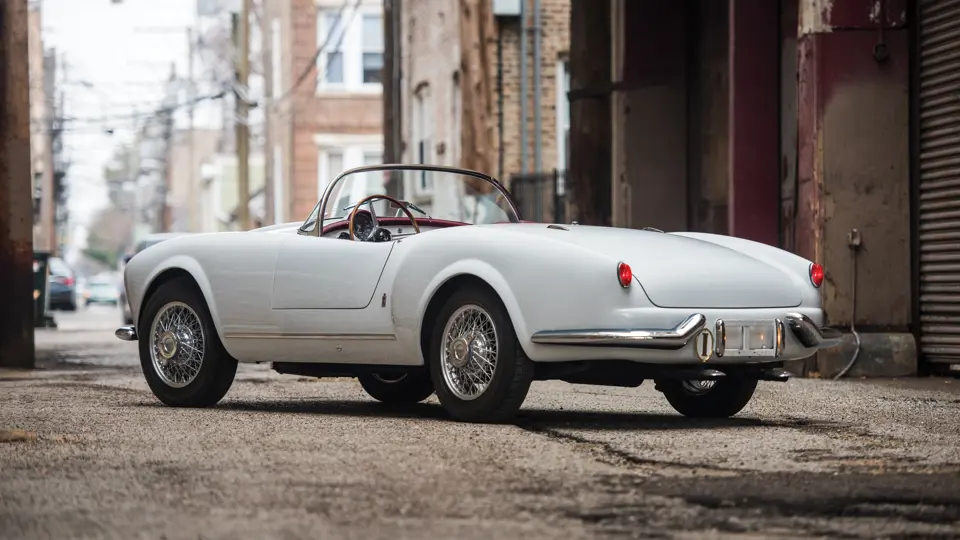



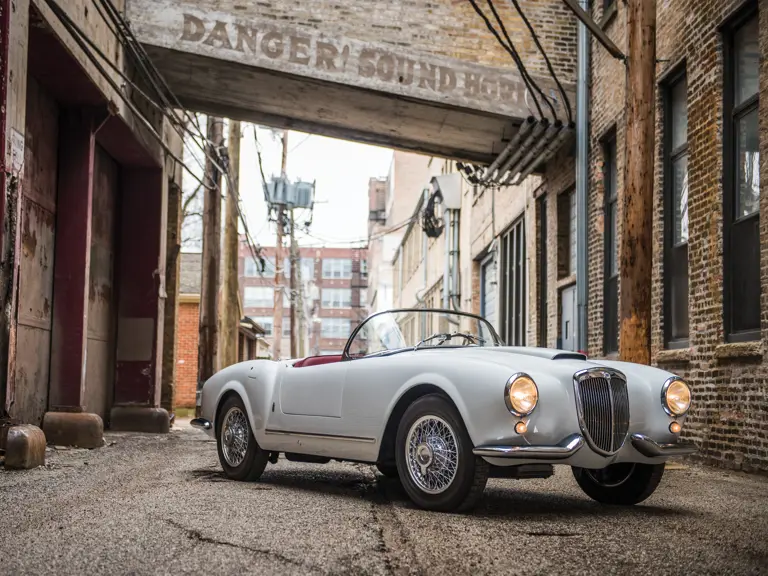

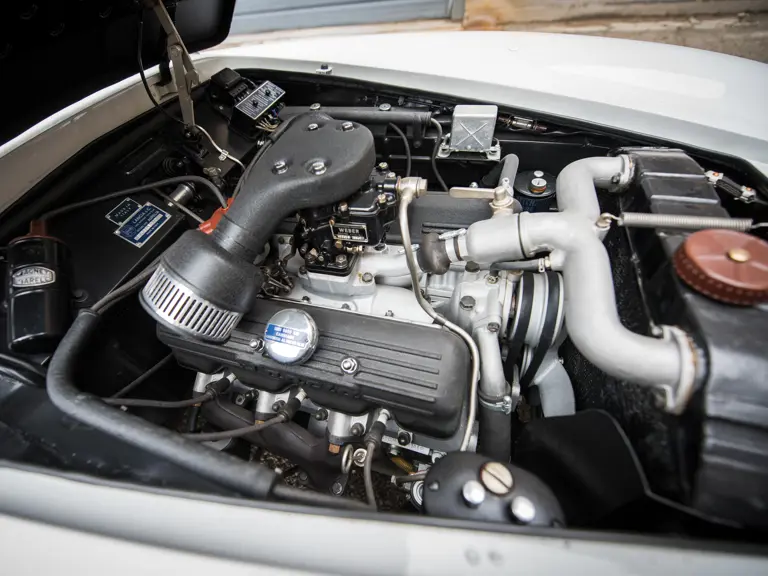
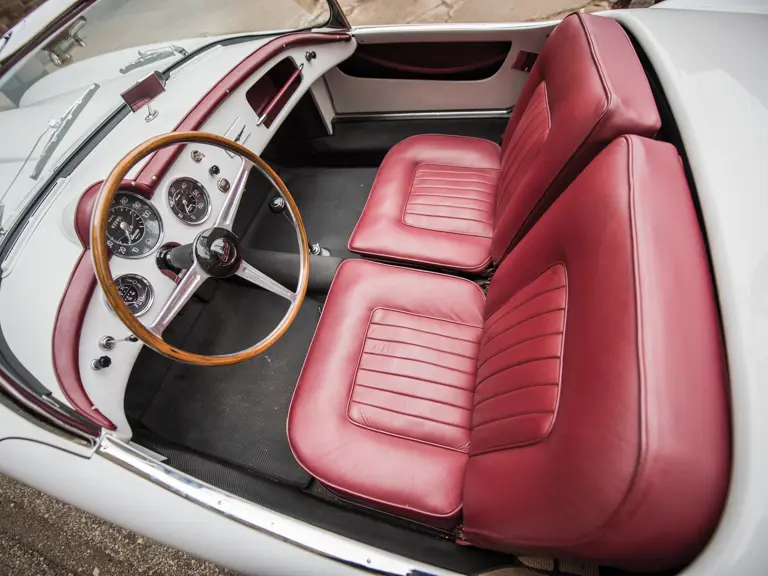

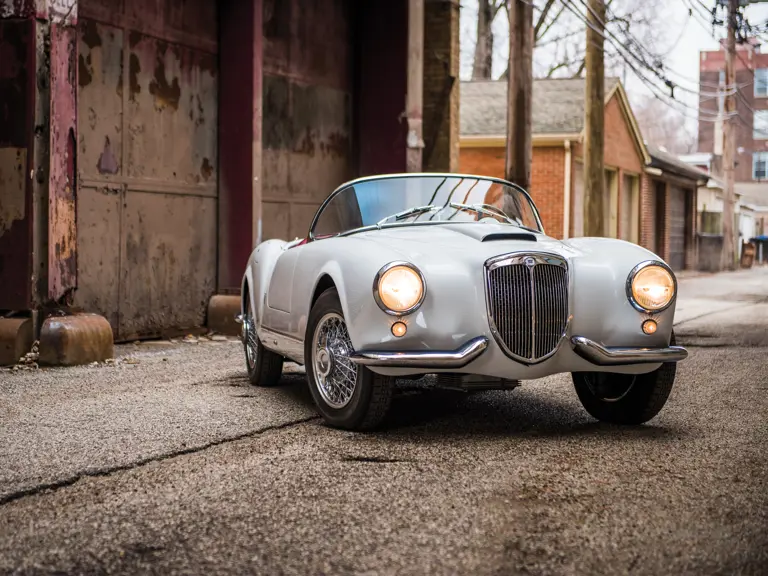
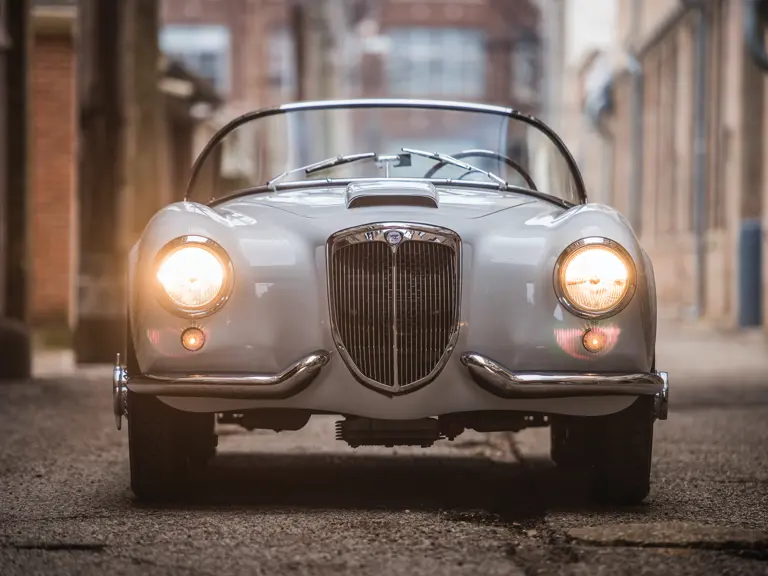
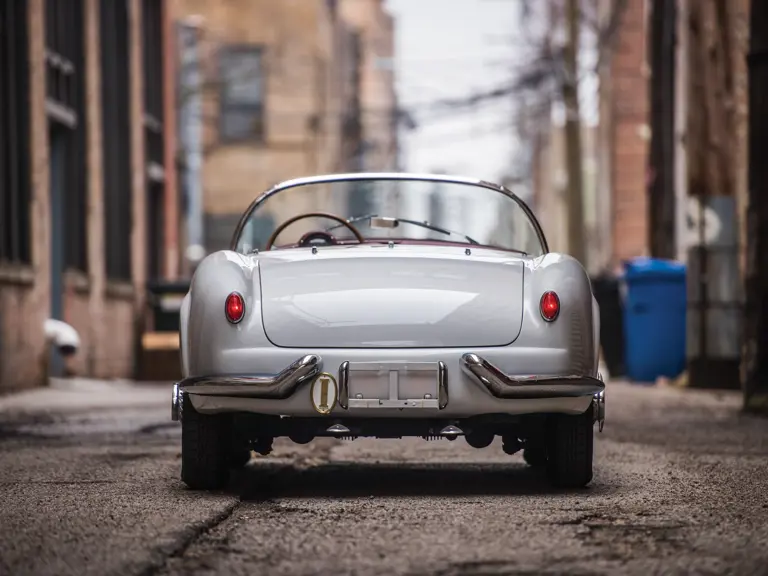
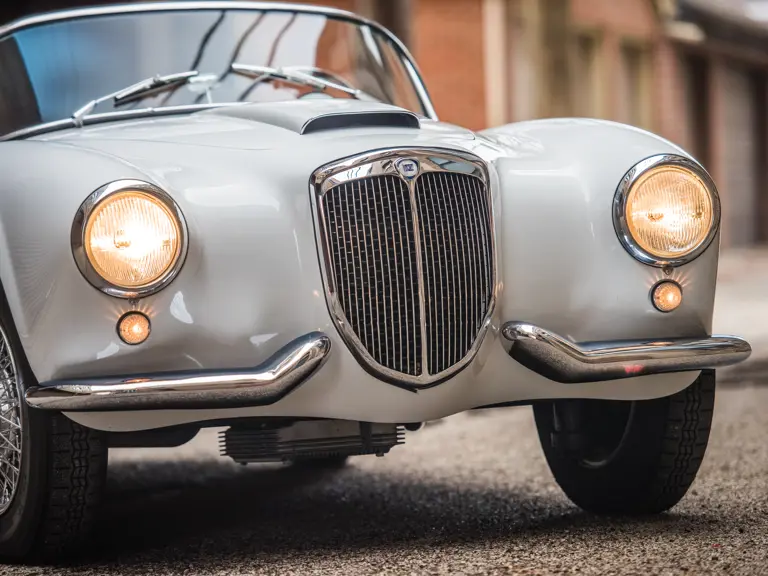
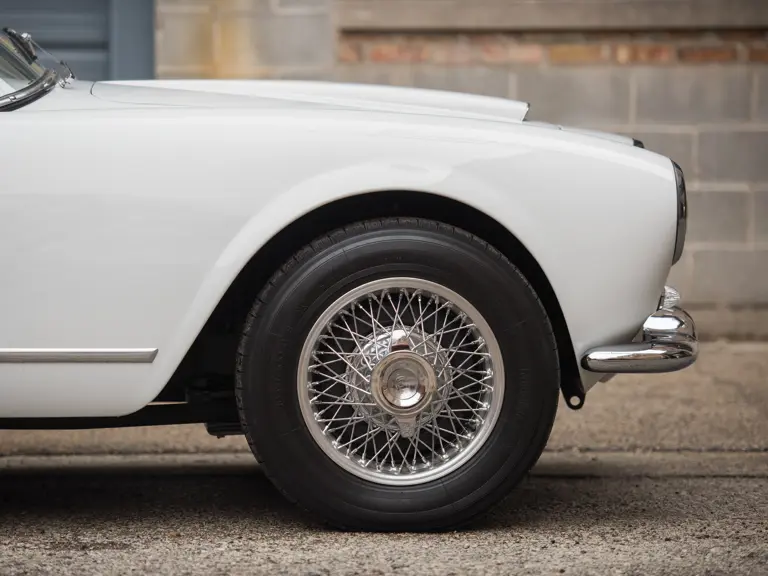

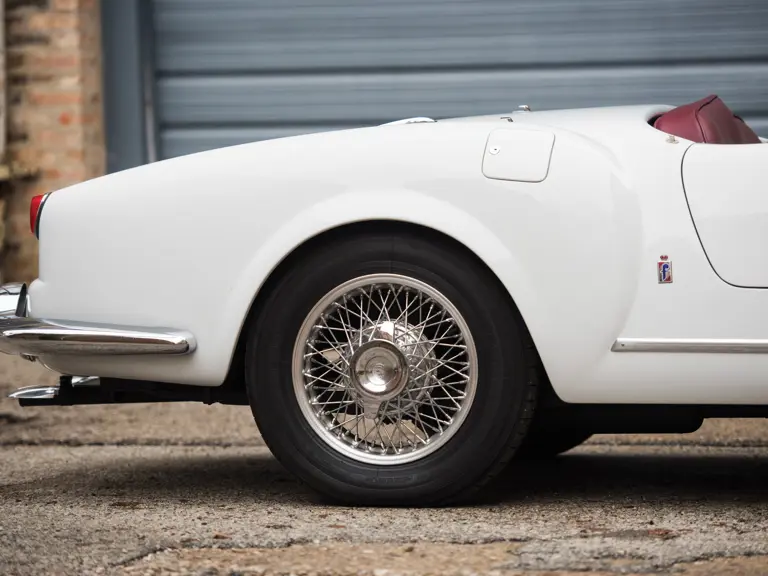
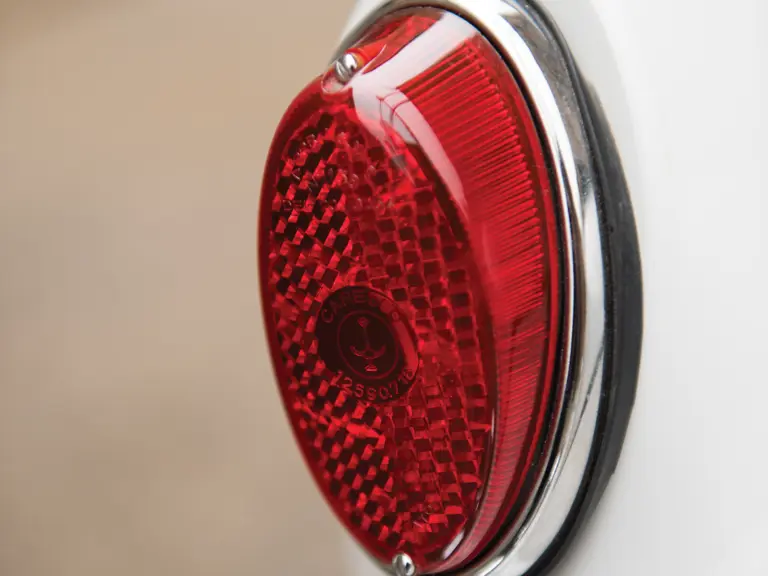
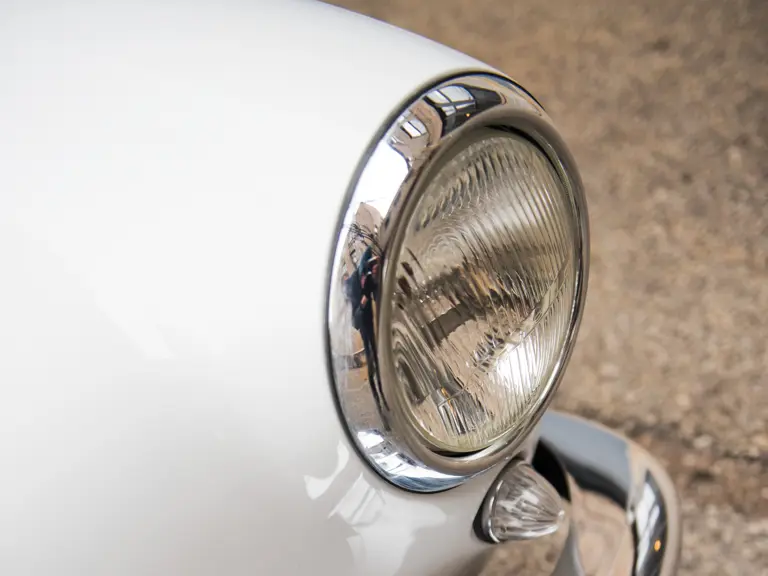
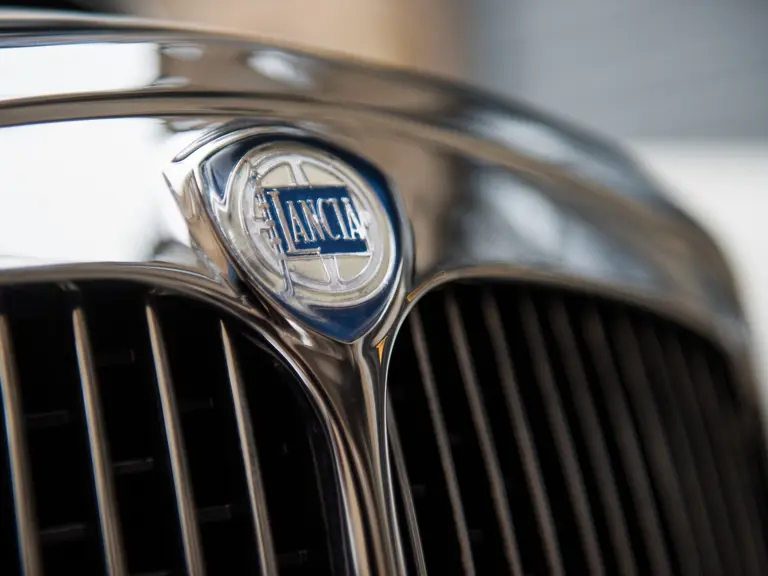
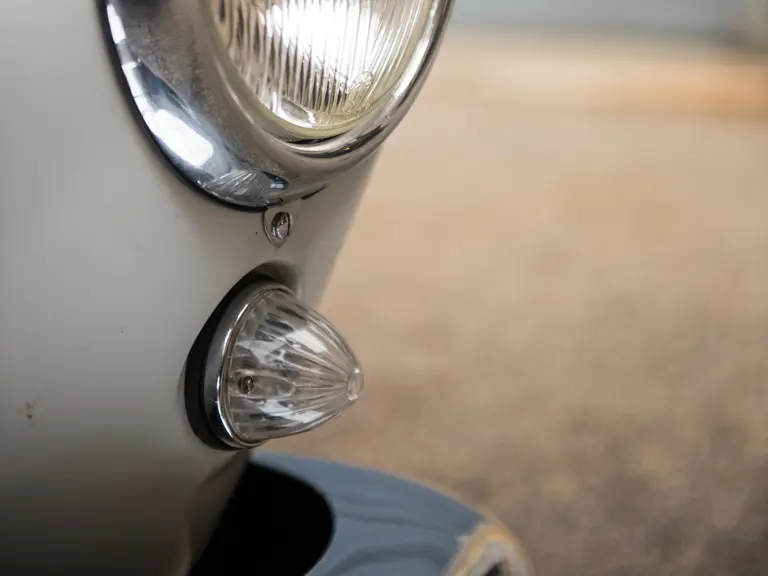

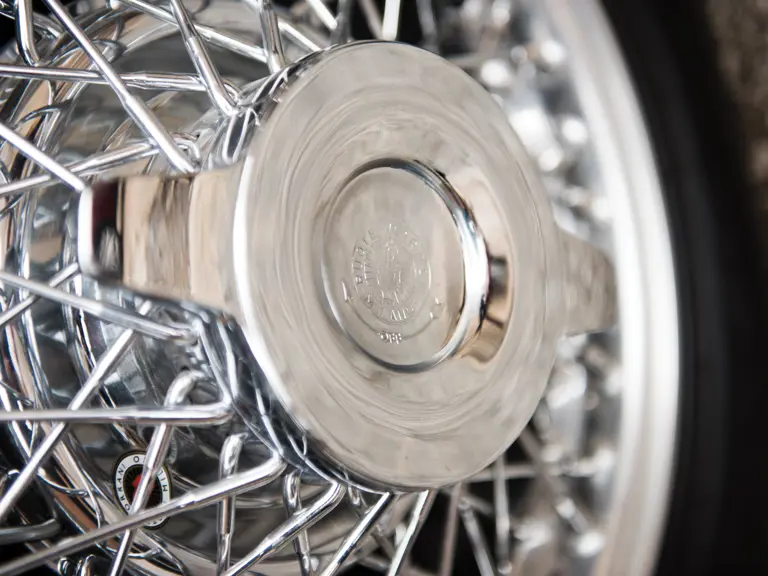
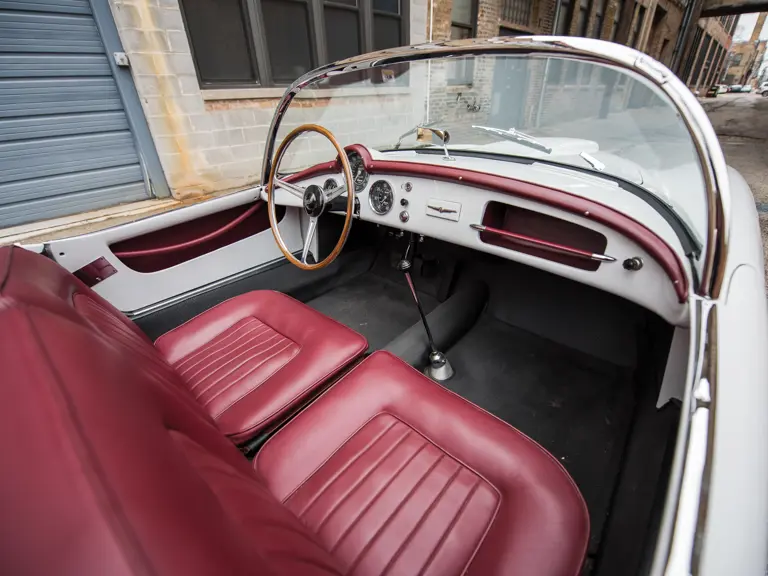

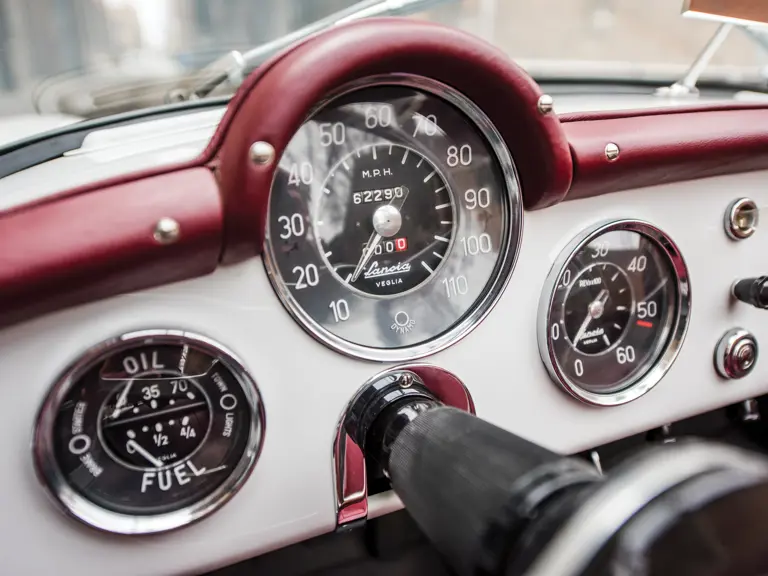
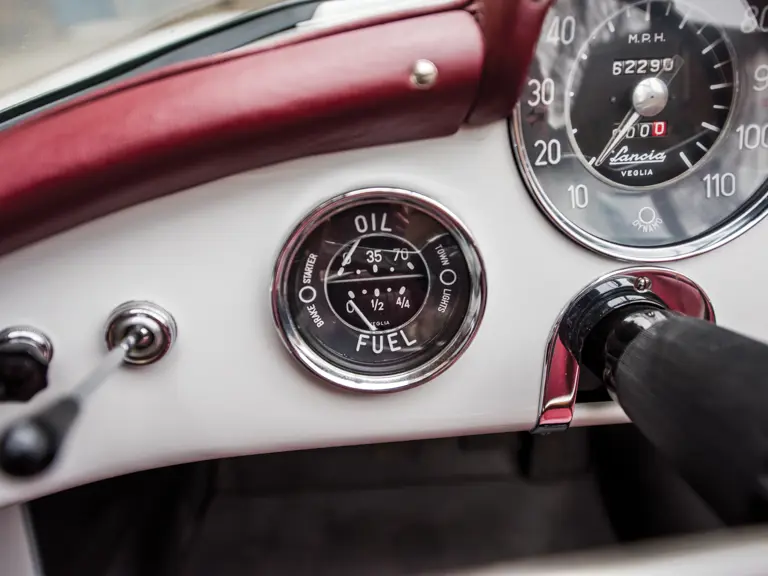
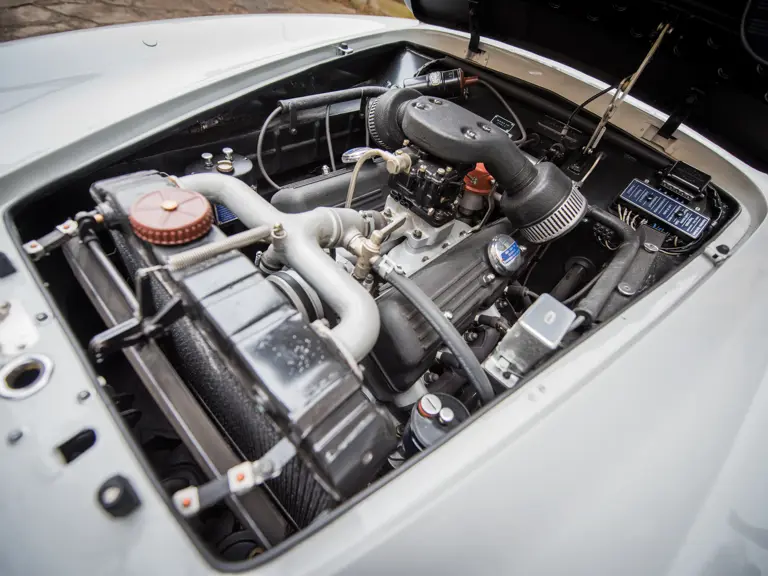
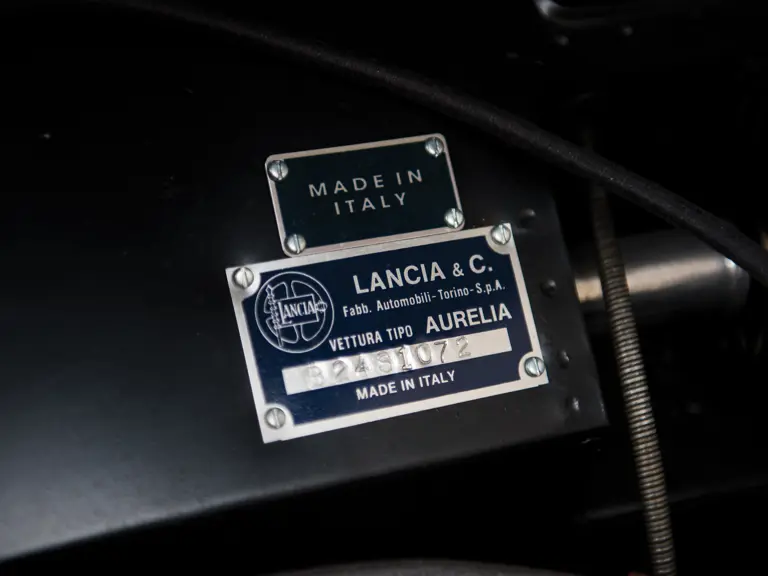
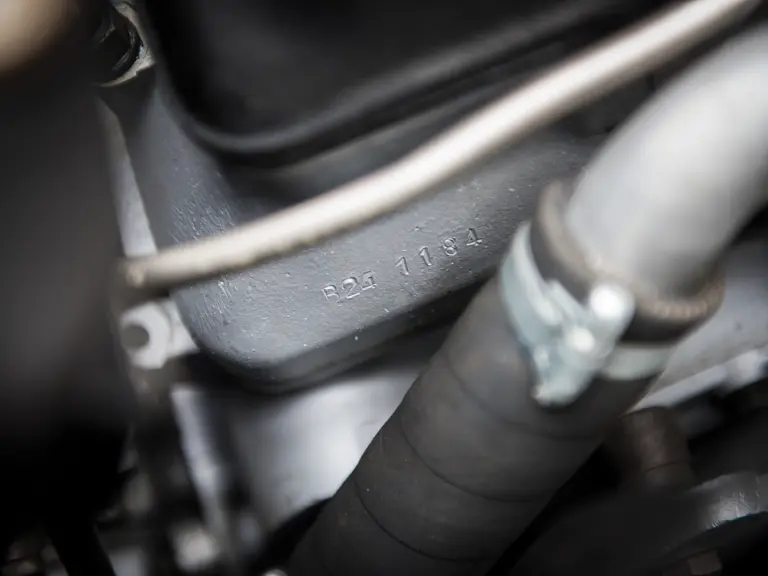
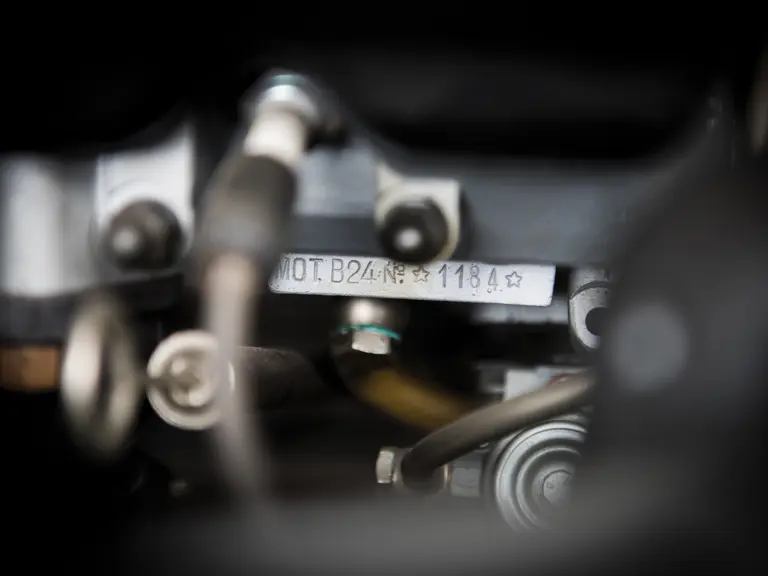
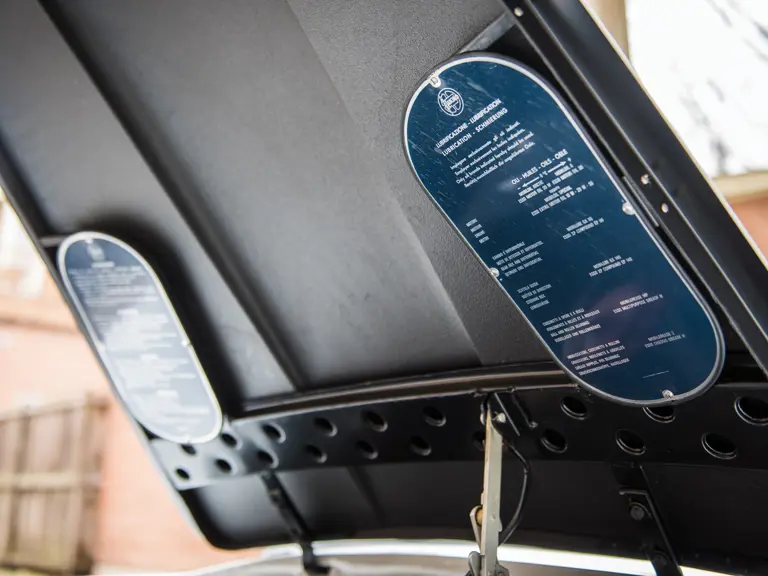
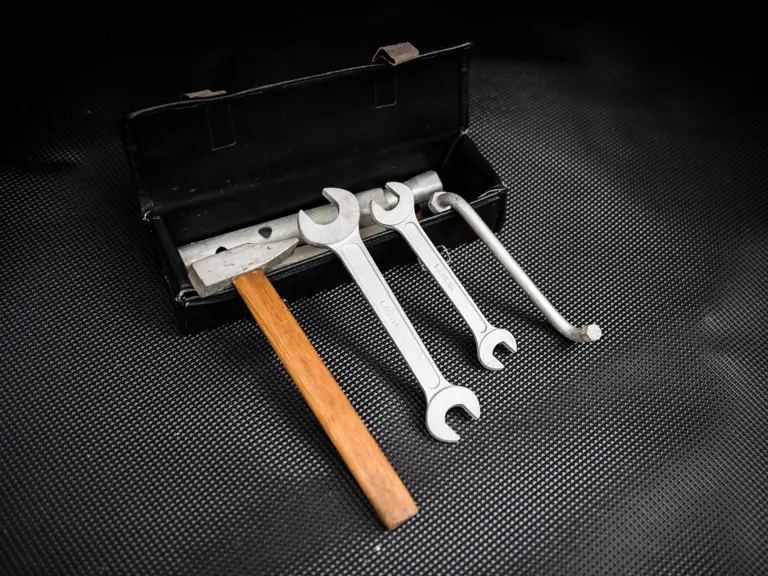
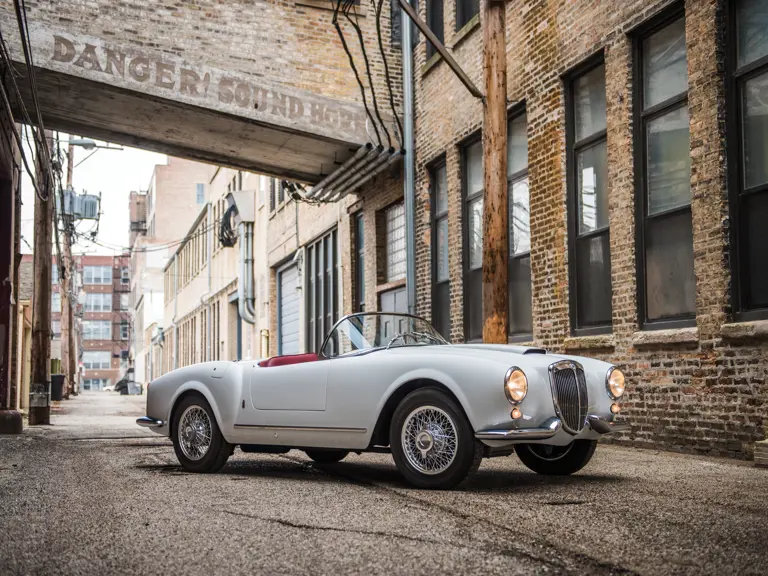
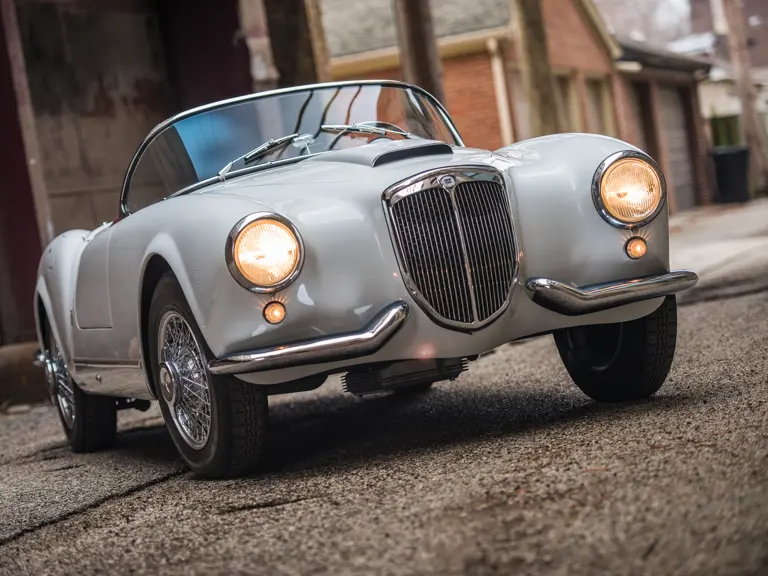
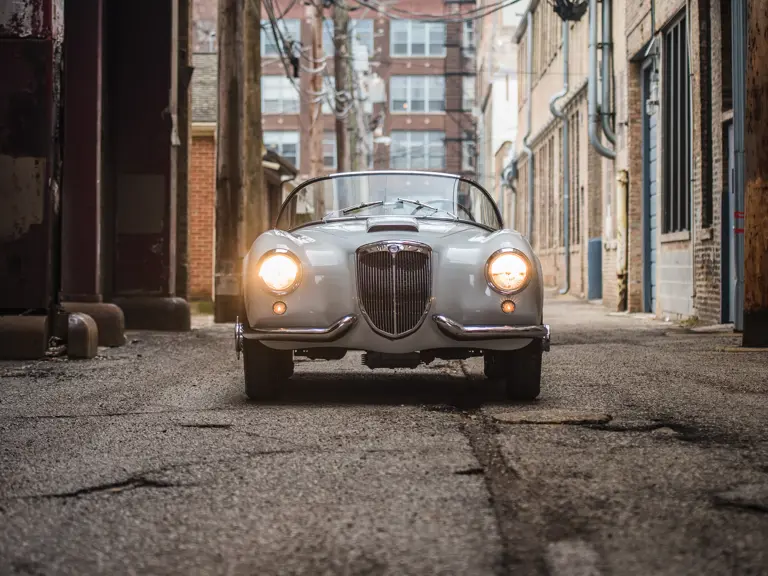
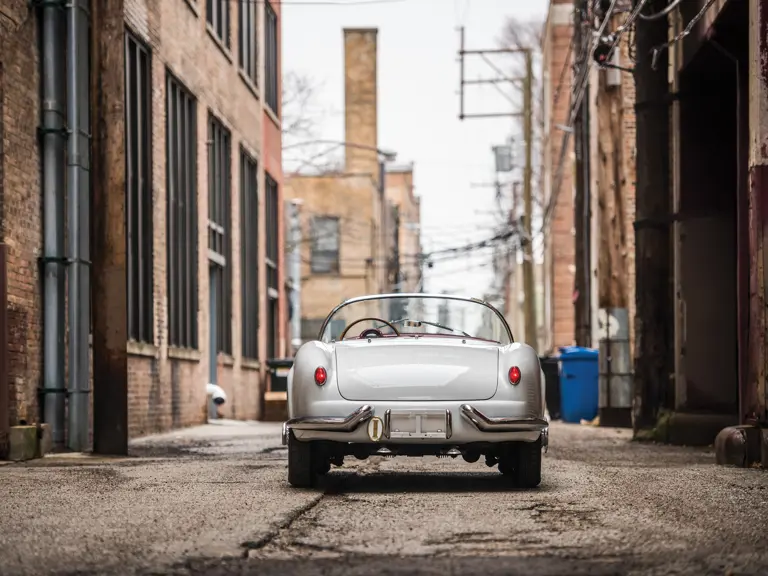
 | Amelia Island, Florida
| Amelia Island, Florida
